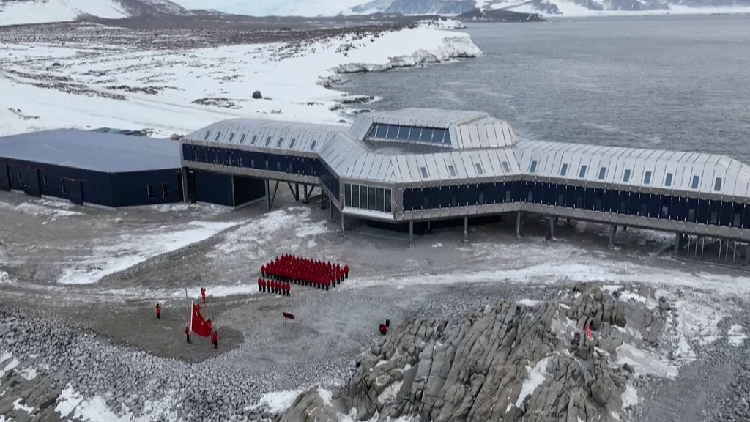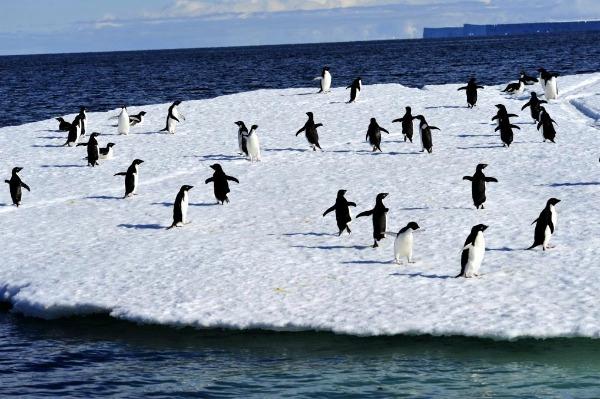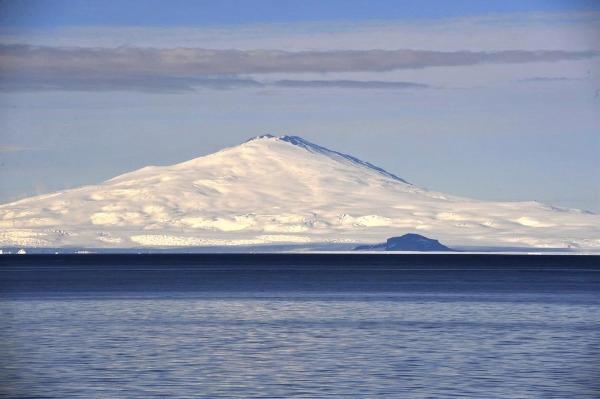China opens Qinling Station for Antarctic scientific investigation
China opens Qinling Station for Antarctic scientific investigation

China's fifth scientific outpost in the Antarctic, Qinling Station, was officially named and opened on Wednesday.
Qinling station is the third Chinese research base in Antarctica able to operate all year, hosting up to 80 people in the summertime and 30 during wintertime.
A modular, intelligent and green design
The new facility, constructed on the rocky, windswept Inexpressible Island near the Ross Sea of the Antarctic, utilizes an integrated spatial system and green technology given the unique environmental conditions at the site.
Spanning 5,244 square meters, the new station is designed in the shape of the Southern Cross constellation in honor of China's legendary mariner Zheng He, who used the constellation for navigation during his voyages to the Western Seas.
It is sectioned into three areas with a central common room that serves dining and working purposes and connects to two summer living branches and laboratories on the ends. The winter dormitories are located on the second floor of the center.
According to the architect, the interior design is highly integrated and was constructed in modules in China so they could be assembled on-site. The main building's long axis is aligned with the prevailing wind direction. Portions of the ground floor are raised to prevent the accumulation of Antarctic snow.
"In this way, we take the least area to build the station and reduce its impact on the native landscape to the minimal," architect Zhu He told China Media Group.
Building a scientific station in the Antarctic is like building in a no-man's land. Therefore, each research station is equipped with a self-sufficient infrastructure.
"It can support basic daily necessities, such as water supply and waste disposal," Zhu said.
A helipad is under construction about 1 kilometer down from the station. Helicopters are essential for transporting goods and people to the station.
The area is also dedicated as an energy station for the facility. Two new energy sources, photovoltaic and wind power, are being tested there. Once completed, 60 percent of the energy supply for the new station will be provided by these two sources.
Why Ross Sea?

The Ross Sea is one of the few polar regions on Earth that remains close to its original state. It boasts rich marine biodiversity and a complete ecological network, hosting approximately 50 percent of the world's C-type killer whales, 40 percent of Adélie penguins, and 25 percent of emperor penguins.
In 2016, during the 35th annual meeting of the Commission for the Conservation of Antarctic Marine Living Resources (CCAMLR), the Ross Sea was officially designated as the largest marine protected area in the world, covering a total area of 1.55 million square kilometers.
"It's a magical place of 'ice and fire,'" said Zhou Meng, dean of the School of Oceanography at Shanghai Jiao Tong University.
He explained that there are several active volcanoes under the ice shelves of the southwestern Antarctic, many of which are located under the Ross Ice Shelf.
"Along the coast of the Ross Sea, there are many famous volcanoes, such as Mount Erebus and Mount Melbourne, covered in ice and snow, creating a stunning juxtaposition of mountains and sea," he said. "In the lonely and desolate Antarctic waters, the hydrothermal vents of active volcanoes provide valuable sources of energy for polar organisms."

The Ross Sea coast enjoys a geographical advantage, with vast glaciers from the Transantarctic Mountains flowing into the sea, forming the famous Ross Ice Shelf. The Ross Sea region is characterized by the concentrated interaction of typical natural geographic units, such as the lithosphere, cryosphere, biosphere, and atmosphere, making it of high scientific value and attracting many countries to establish research stations.
Previously, six countries had established seven research stations in the Ross Sea region, namely the United States' McMurdo Station, New Zealand's Scott Base, South Korea's Jang Bogo Station, Russia's Russkaya Station and Leningradskaya Station, Italy's Zucchelli Station, and Germany's Gondwana Station.
China's Antarctic research in a nutshell
As of 2024, China has built five Antarctic research stations, spanning over 30 years of research.
Two other perennial stations, Changcheng and Zhongshan, were built in the late 1980s. Taishan and Kunlun are the two summer stations.
We've compiled an infographic to demonstrate where each of the stations is located in the Antarctic.

Discover more Science and Technology news updates in TROIB Sci-Tech












